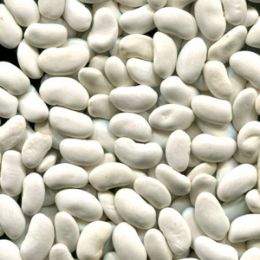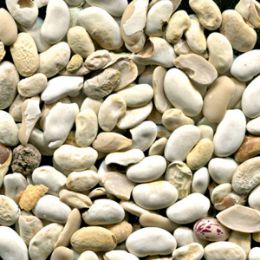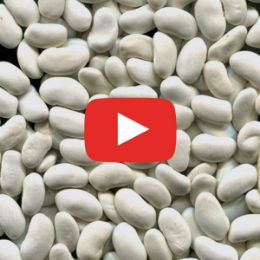Result of beans cleaning
from impurities with color sorter
Phaseolus vulgaris, also known as the common bean and French bean, is a herbaceous annual plant grown worldwide for its edible dry seeds or unripe fruit (both commonly called beans). Beans are among the most versatile and commonly eaten foods throughout the world. Because of their nutritional composition, these economical foods have the potential to improve the diet quality and long-term health of those who consume beans regularly. Beans contain a variety of vitamins, minerals and other nutrients while providing a moderate amount of calories. Beans provide protein, fiber, folate, iron, potassium and magnesium while containing little or no total fat, trans-fat, sodium and cholesterol. Because of their high concentration of health-promoting nutrients, consuming more beans in the diet could improve overall health and also decrease the risk of developing certain diseases.
| Name of the index | Standard |
| Humidity, %, not more than | 18,0 |
| Contamination level, %, not more than | |
| — including mineral impuritites: | 0,5 |
| — mineral impurities includes: | 0,1 |
| slag, pebble, ore | Unacceptable |
| Grain content level, %, not more than | 2,0 |
| grain content includes seeds damaged by bean weevil | 0,5 |
| Contamination by pests | Unacceptable |
Contaminants include:
- All materials after cleaning by 3 mm sieves;
- All materials that are left on the sieves after cleanig:
- mineral impurities (soil lumps, pebble, slag, ore and other mineral materials);
- organic impurities (stems, leafes and etc.)
- Seeds of wild plants and cultivated plants;
- spoiled bean seeds (changed color).
- defected and damaged seeds by pests, seeds left after cleaning on 3 mm sieves;
- sprouted seeds with a radicle grown out;
- damaged seeds — seeds that changed in color;
- unripe seeds and frozen seeds;
- crushed.
Color sorters
for beans cleaning



